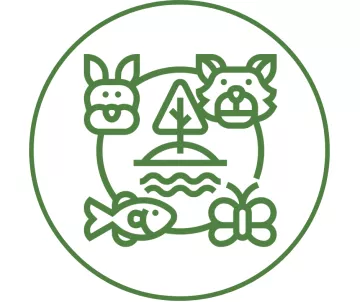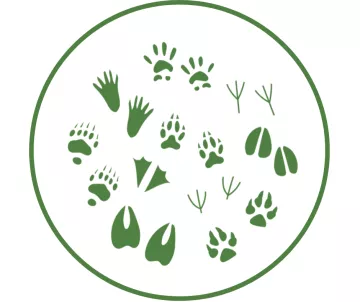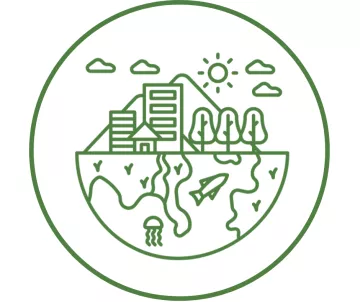
Ecosystem
Tidal marshes, mudflats, and eelgrass beds play distinct but interconnected roles in Bay ecology. Together, these ecosystems contribute to the overall health, resilience, and biodiversity of the SF Bay.
- Tidal Marshes: Tidal marshes provide critical habitat for both flora and fauna, act as carbon sinks, and offer flood protection, acting as a natural sponge.
- Mudflats: Mudflats serve as feeding grounds for migratory birds and support diverse invertebrate communities.
- Eelgrass Beds: Underwater habitats like eelgrass beds are vital for fish and invertebrates. They provide shelter for fish, stabilize sediments, and contribute to nutrient cycling.
-
Oyster Beds: Oyster beds enhance the resilience and ecological balance of Bay ecosystems by filtering water, promoting biodiversity, and acting as natural breakwaters.

Wildlife
The San Francisco Bay is home to over 1,000 species of animals, including endemic, threatened, and endangered species.
- Migratory Birds: The Bay is a critical stopover for hundreds of thousands of birds on the Pacific Flyway and hosts more wintering shorebirds than any other estuary on the west coast outside of Alaska. Sea level rise poses challenges to their feeding and nesting grounds.
-
Fish Species: The Bay supports over 130 species of fish, including salmon and other anadromous fish, which spend most of their lives in the ocean but return to fresh water to reproduce. Critical fish habitats may be compromised, impacting the entire aquatic food chain as well as nursing grounds for sustainable fisheries important to commercially important species.
-
Endangered Species: Threatened and endangered species like the Ridgway’s Rail and Salt Marsh Harvest Mouse face heightened vulnerability with changes in their habitats.
-
Explore: Learn about some local wildlife impacted by sea-level rise.

Habitat and Biodiversity
Sea level rise poses a grave threat to San Francisco Bay's habitats and biodiversity, including wildlife, fish, invertebrates and aquatic and marsh vegetation.
- Habitat Loss: Inundation of low-lying areas and marshes results in habitat loss, disrupting the delicate balance of interconnected ecosystems.
- Biodiversity Decline: Disruptions to various habitats and food sources may lead to a decline in biodiversity, affecting both flora and fauna.
- Water Quality Impacts: Changes in sea levels can alter water quality, impacting the health of diverse species and the overall ecological balance.